Anti-sticker ripples
Rippled structures should prevent people from attaching stickers onto objects. Here some examples from Seoul/Korea (traffic-pole) and Linz/Austria (garbage-bucket)
The "Unpleasant Design" book is a collection of different research approaches to a phenomenon experienced by all of us. Unpleasant design is a global fashion with many examples to be found across cities worldwide, manifested in the form of "silent agents" that take care of behaviour in public space, without the explicit presence of authorities. Photographs, essays and case studies of unpleasant urban spaces, urban furniture and communication strategies reveal this pervasive phenomenon.
With contributions by Adam Rothstein, Francesco Morace and Heather Stewart Feldman, Vladan Jeremic, Dan Lockton, Yasmine Abbas, Gilles Paté, Adam Harvey and many others, the book is in an attempt to recognise this nascent discipline within contemporary design taxonomies.
216 pages, hardcover in b/w with colour images; special book sleeve in sandpaper K240 (Limited Edition: 500)
ISBN: 978-86-910911-1-8
Published by G.L.O.R.I.A Belgrade
Edited by Gordan Savicic and Selena Savic
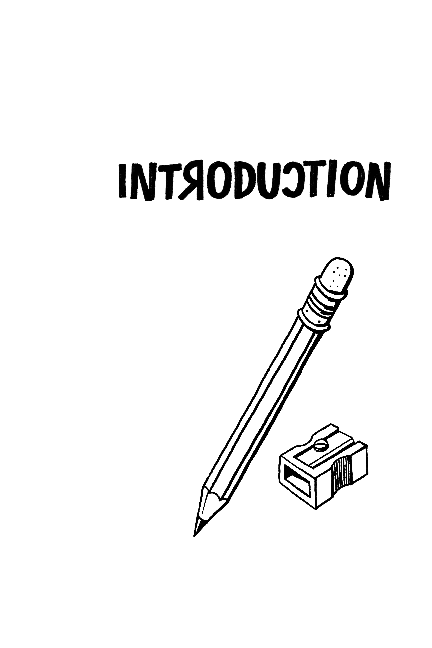

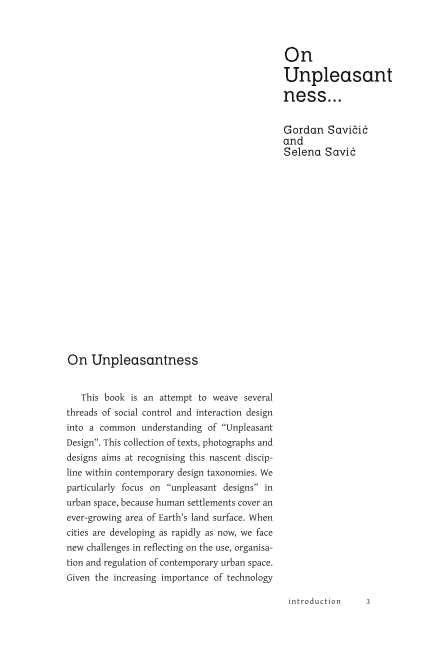
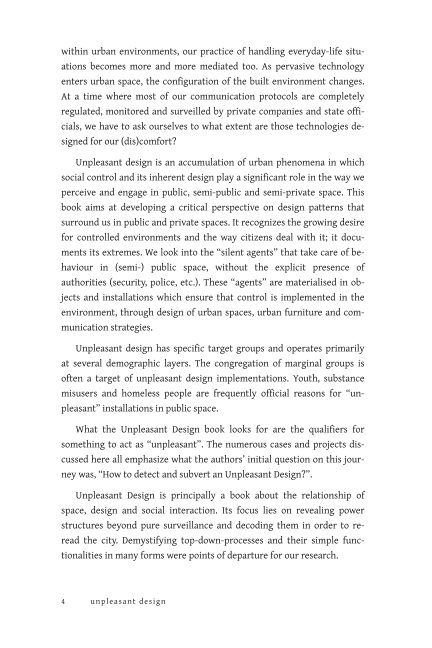
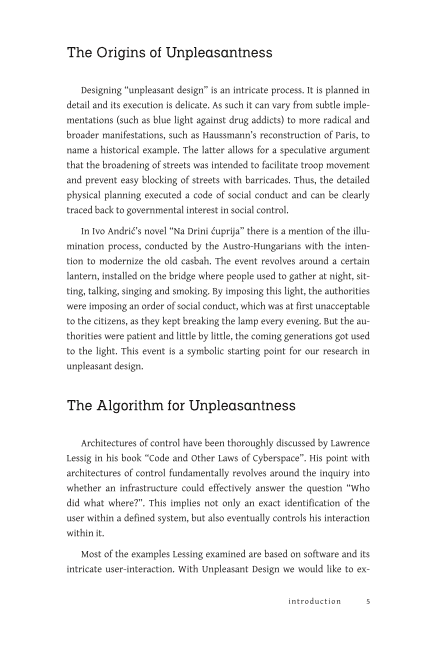
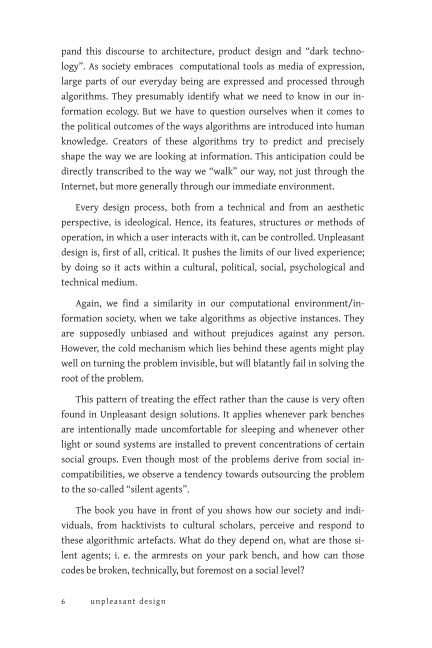
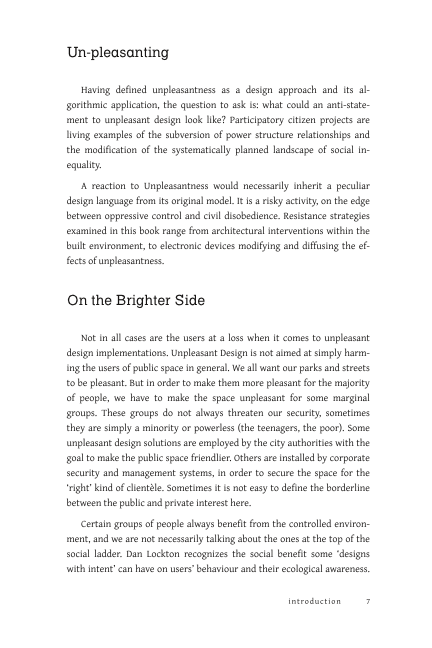
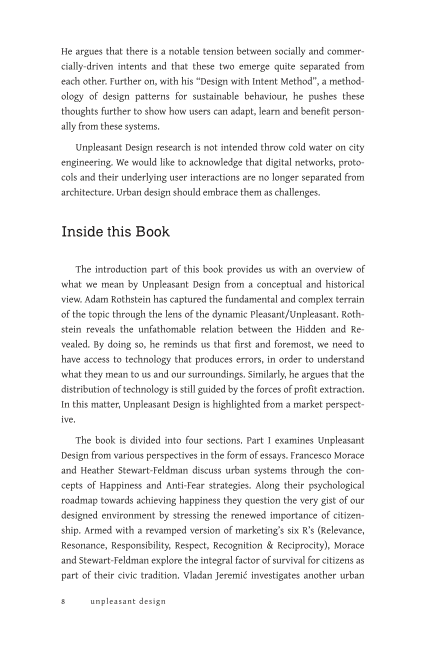
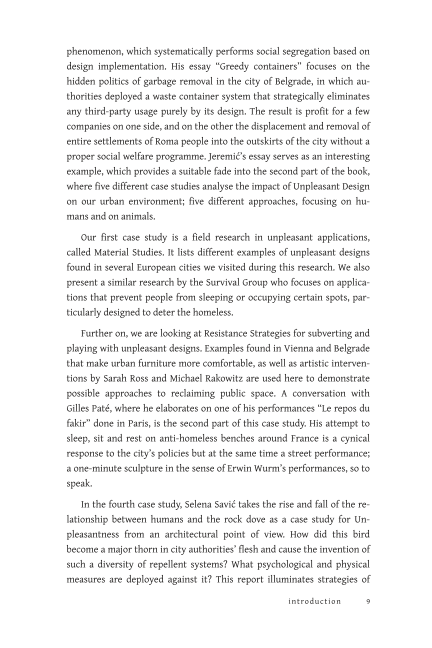
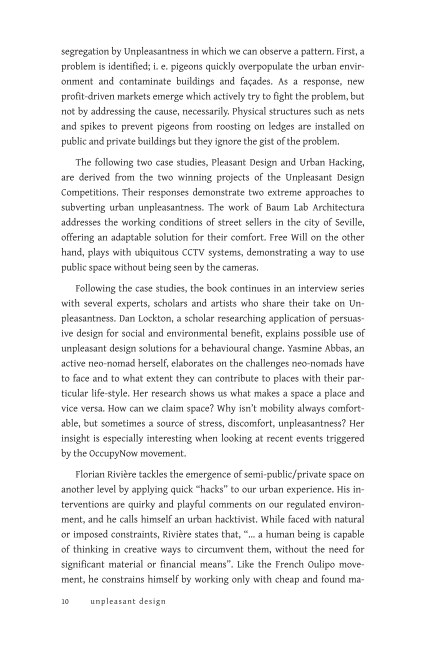
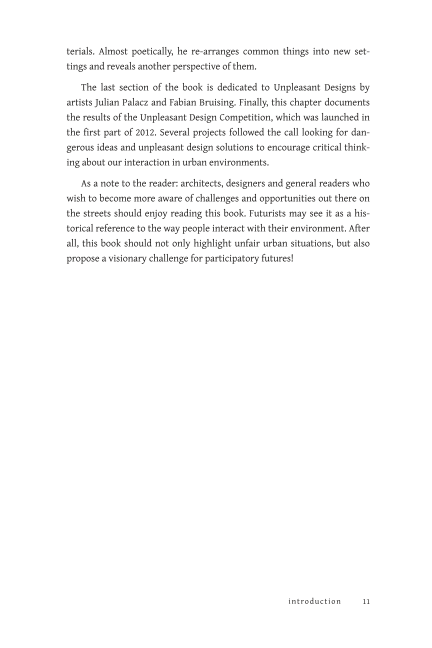

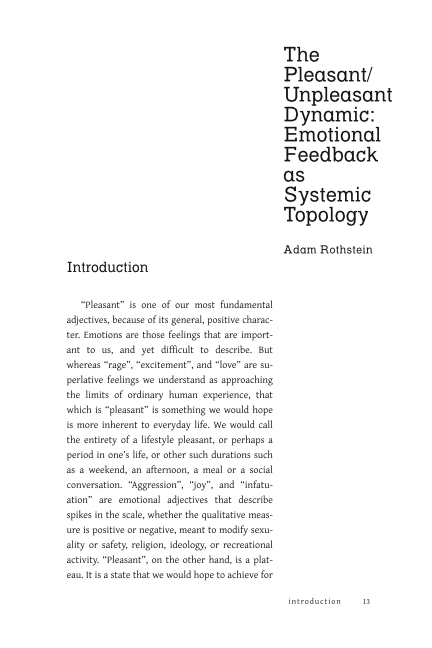
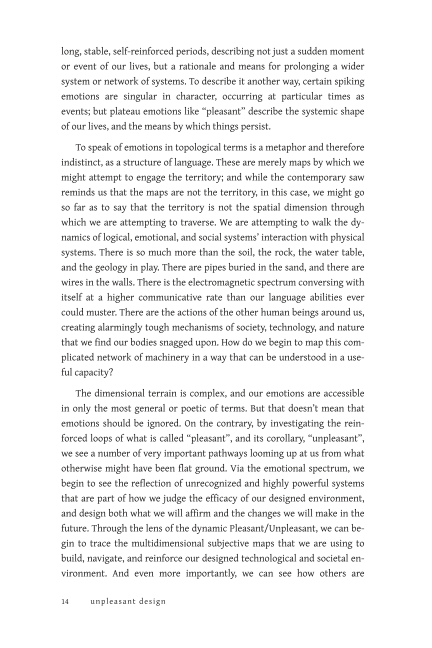
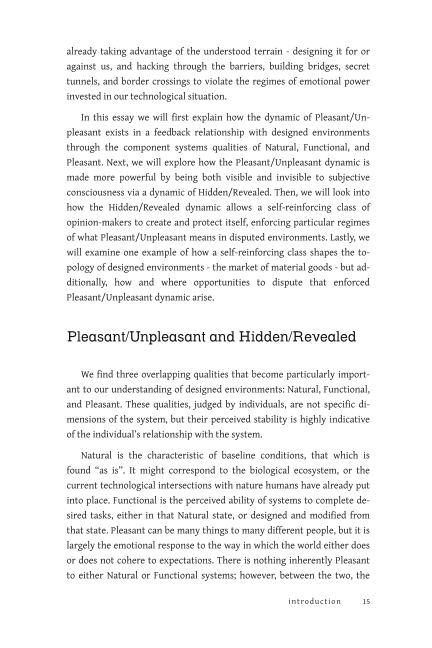

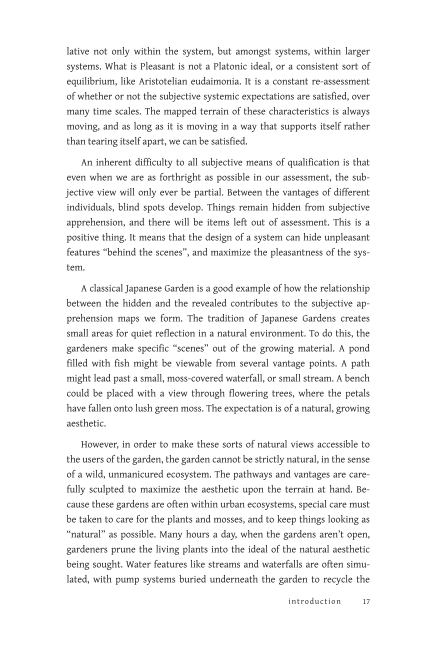
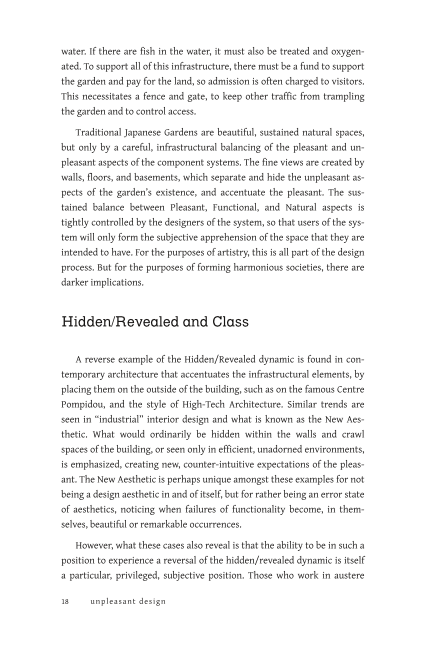
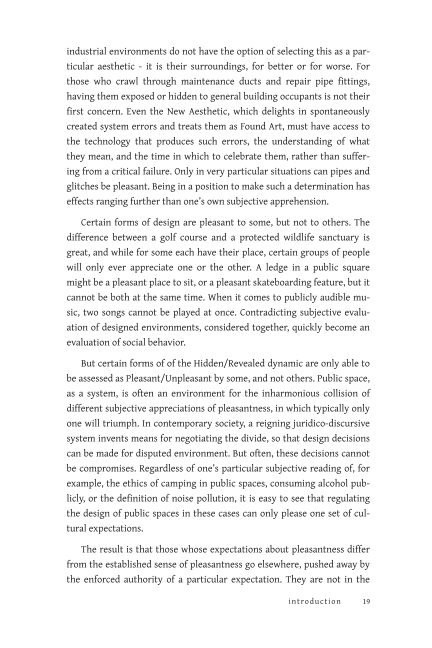
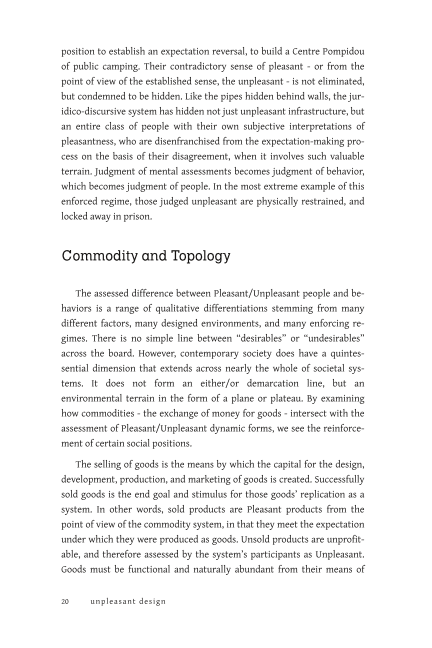
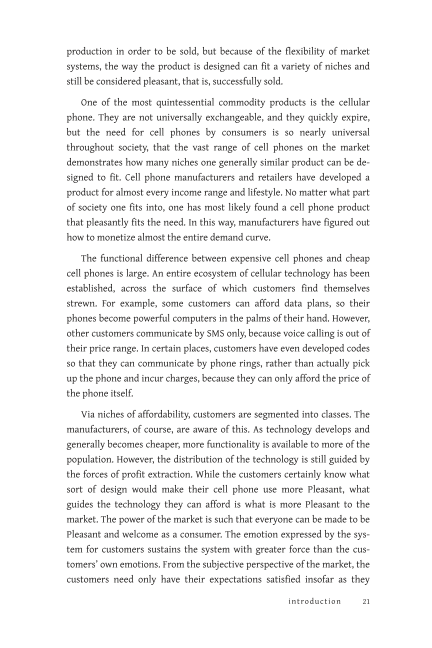
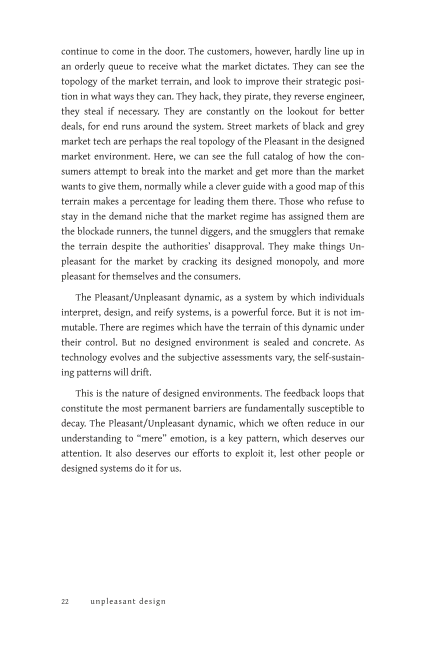


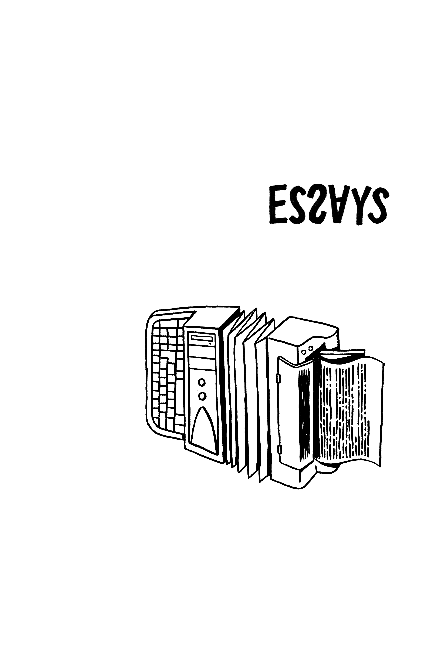

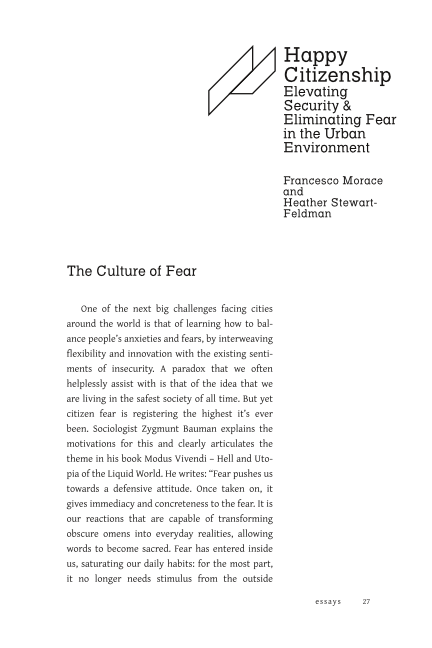
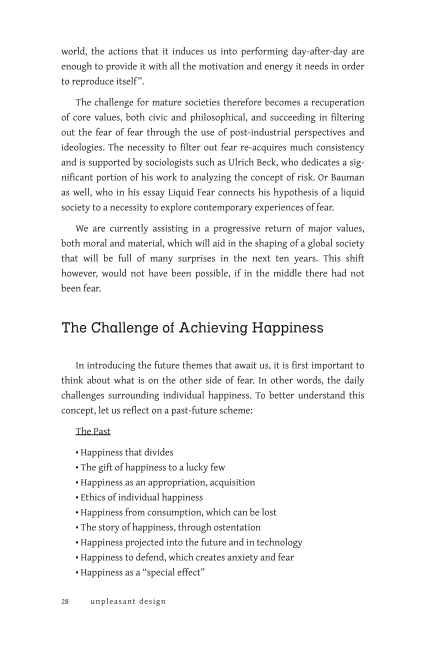
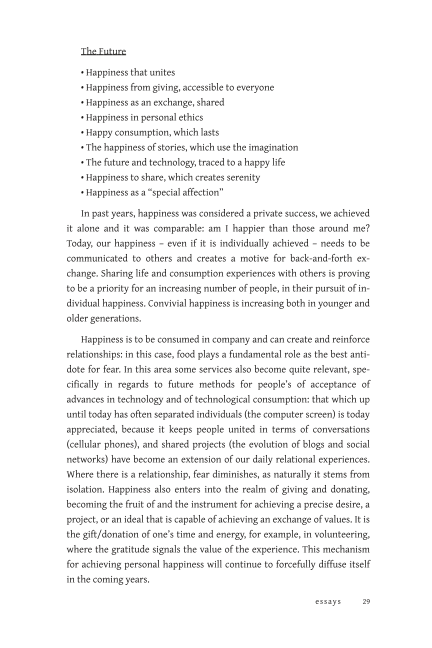
Rippled structures should prevent people from attaching stickers onto objects. Here some examples from Seoul/Korea (traffic-pole) and Linz/Austria (garbage-bucket)
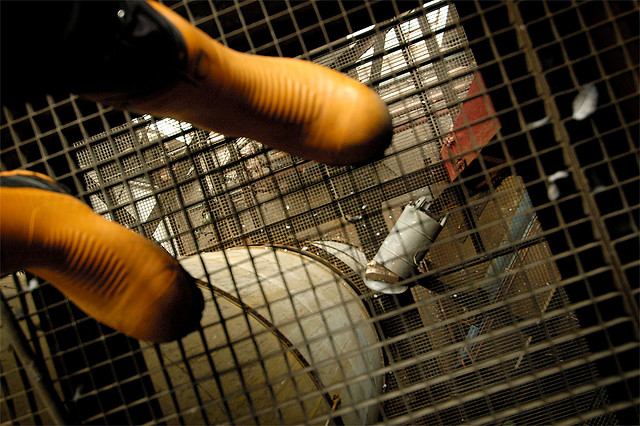 Photo CC by Björn Sahlberg
Photo CC by Björn Sahlberg
Cobble stones, metal grids used on rooftops and staircases as well as soft ground materials are ideal structures where people with high-heels will have a hard-time. Fashionable victims risk ankle sprains and/or loosing their footwear. Interior architects might rethink carefully their material based on their clientele. The city of Lagos informs their visitor for “unpleasant” high-heel experience in its old downtown full with cobble stone.
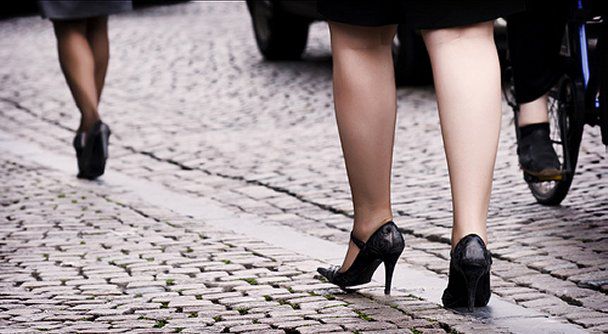 Photo CC by http://empowerment-gateway.com/
Photo CC by http://empowerment-gateway.com/
Skaters (skateboarders) all around the world’s parks have become a concern of the non-skating citizens. Skating is said to damage pavements and wall surfaces (e.g. an opinion expresses in this article on Victoria Gateway square), while people pasing by can feel unsafe when exposed to possible collisions with a person speeding on the board. Different strategies are used to deny them possible skating surfaces outside of specially dedicated skating parks. Many of these strategies involve adding screws, rings, or other metal obstacles to curbs, walls, pavement edges. These are all reactions to this newly-perceived problem, they do not necessarily have much to do with ‘design’.
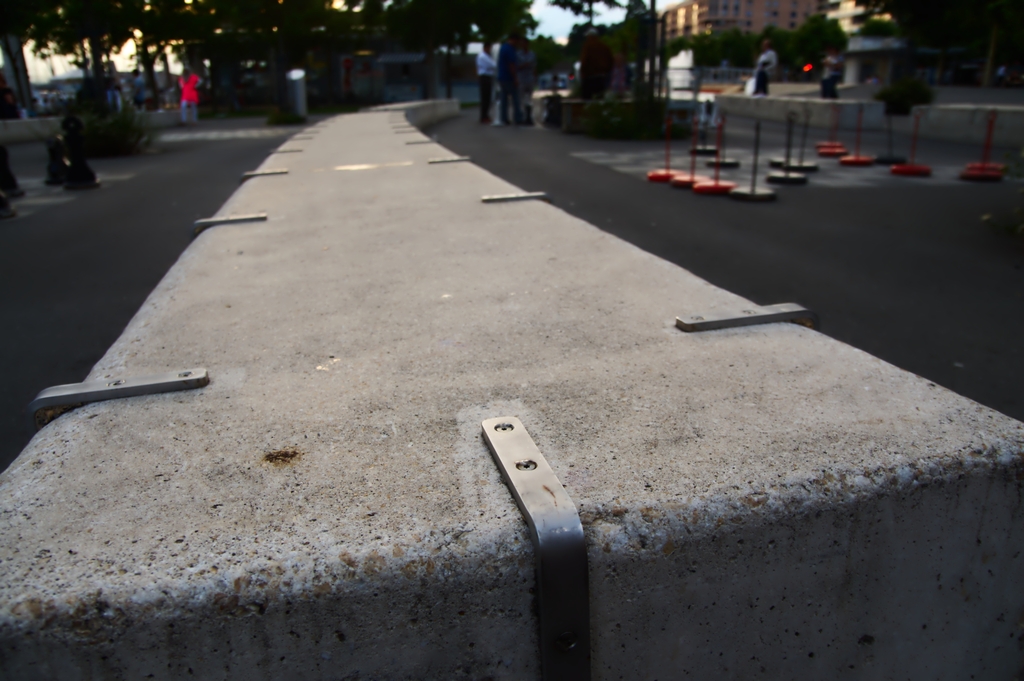
To the countrary, some examples found in the city of Lausanne show that the skating-prevention thinking is already embeded in the design of some newly installed benches like the one bellow. Rings on the edges here are a built-in feature of the sitting surface.
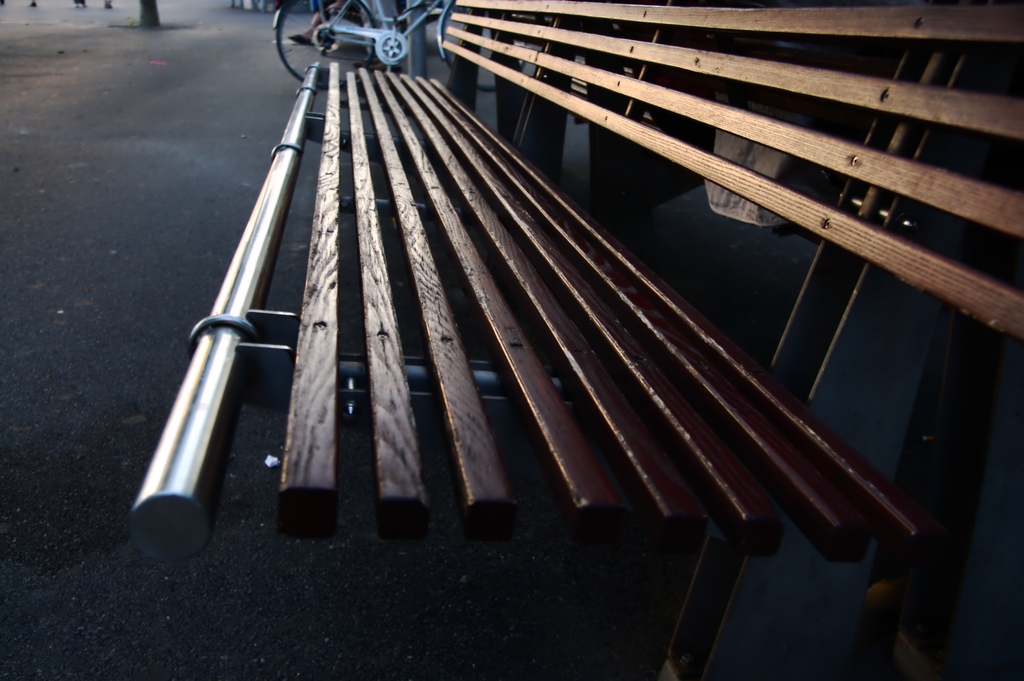
For the same reason benches got handles, a new design of very short benches is introduced. These benches can fit only one person, so they prevent sleeping in public space. They are usually found in groups of three or four, presenting an image of a gathering and socialising, while actually keeping people away from each other.
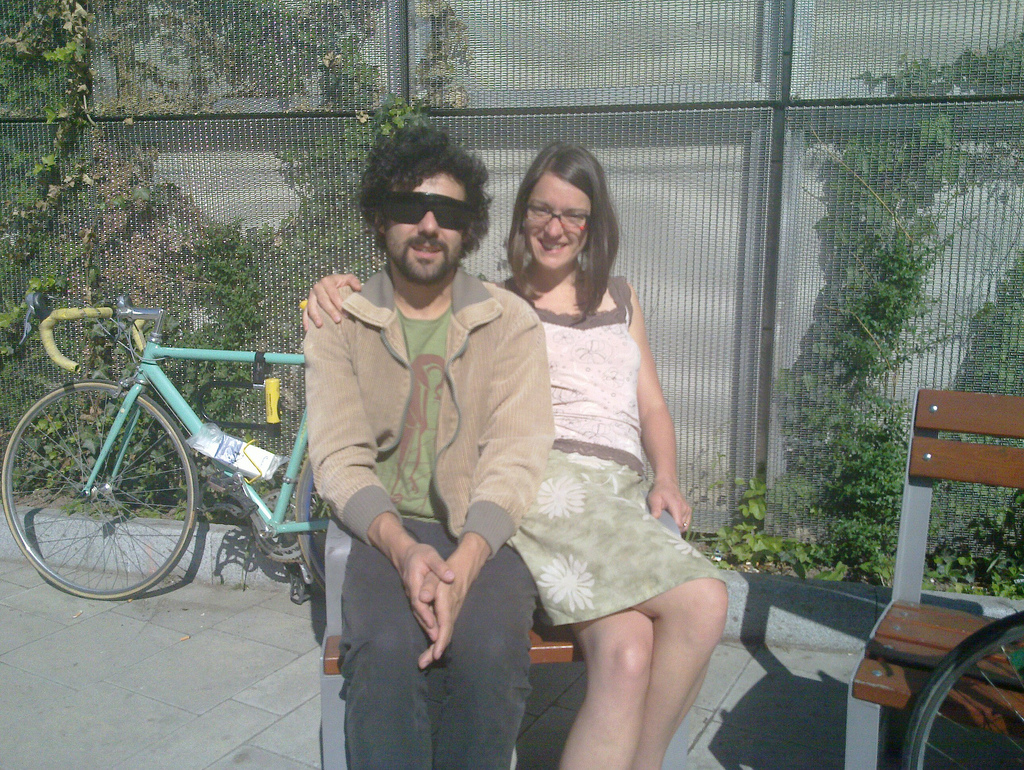
An attempt of sitting on a '1 and 1/2' bench together; Vienna, May 2011
Old benches in parks used to be put there for people to sit together, so that more than 2 or 3 persons could use them at the same time. But then, people could also sleep on them, cause their average length was only a little shorter than a real bed.
In the past 10 years, there is a tendency to install benches with handles in parks, at bus and train stations. The space between the handles is enough for only one person, so people sitting together on the bench are separated by handles. This way, a body of an adult person could not fit to lay down. Because the presence of homeless people in city centres is less and less tolerated, this became a very popular solution.
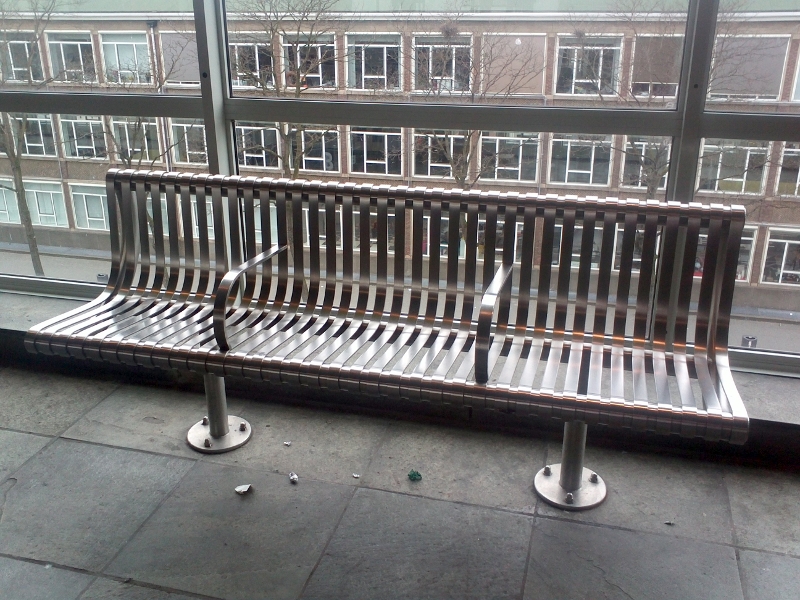
All metro stations in Rotterdam are furnished with this type of bench: cold metal and handles; Rotterdam, March 2012
So called “Anti Wee Wee”, a simple corner intervention is intended to stop men from peeing in the corner of buildings and alleys. They are made from a triangular piece of wood or metal, angled so the pee would end up on one’s feet.
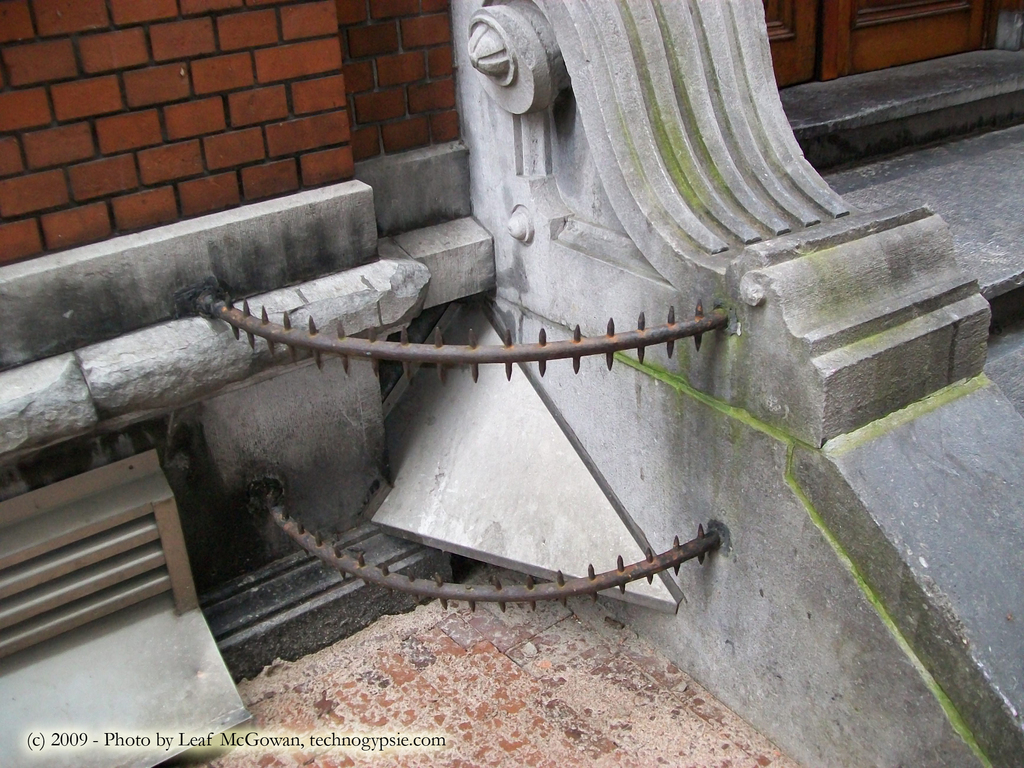
After carefully examining a railing on a very tall bridge in Vevey, Switzerland, we noticed it is covered with a rough material, something of a sand-paper quality. The reason for using this material might be to discourage suicidal attempts, as the contact with the railing is already so unpleasant. On the other side, the reason might be purely hygienic, for it probably gets less dirty when nobody is touching it.
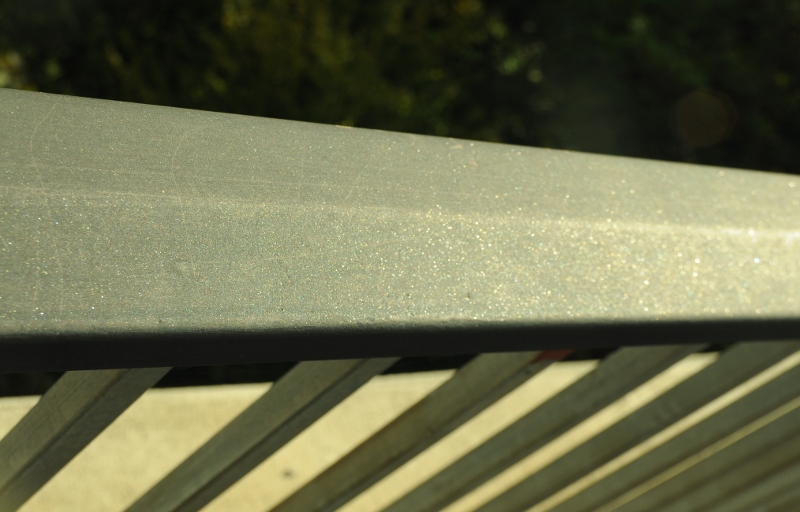
Railing on a bridge in Vevey, Switzerland that is unpleasant to touch; September 2011